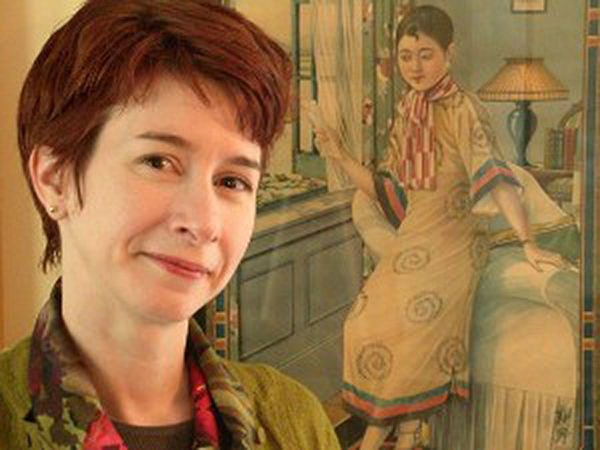
As women saw their educational opportunities increase and began entering the workforce in greater numbers, their gender identities changed as well as their representation in the mainstream media.
This wave of feminism was brought to light by “The New Women International” conference held on Sept. 16 at SUNY Buffalo.
“The conference [consisted] of two panels and the presentation of seven papers that examine the rise and dominance of the ‘new woman’ as a mass media star, and look at female agency through representations of and by these ‘new women,’ ” said Dr. Elizabeth Otto, assistant professor at SUNY at Buffalo.
Otto organized the conference after receiving a “Conversations in the Disciplines” (CDI) grant from SUNY of $5,000. Those taking part in the conference wanted to foster an environment that allowed for a greater public understanding of the topic and would provoke open discussion.
“The conference dovetails with an edited volume on the same subject, which came out from the University of Michigan press this year, entitled The New Woman International: Representations in Photography and Film from the 1870s through the 1960s, edited by Otto and Vanessa Rocco,” said Kristine Harris, contributor and Associate professor of history and director of Asian Studies at SUNY New Paltz.
Rocco, assistant professor at the Pratt Institute said, the book discusses “new womanhood in China, Japan, India, and Czechoslovakia, as well as the more often discussed new women that flourished in Western Europe and the United States,” and each paper presented at the conference was based off of the panelist’s essay in the book, serving to reinforce the ideas addressed.
Rocco spoke about “Bad Girls: The New Woman in Weimar Film Stills,” she focused on film stills of German silent cinema actresses, Lousie Brooks, Marlene Dietrich, and Brigitte Helm. Otto presented “Gendered Icons: Refiguring the New Woman in Photography and Film,” as well as the closing remarks. Harris was part of the group that put forward the SUNY CID proposal and her contribution to the book was “Modern Mulans: Reimagining the Mulan Legend in Chinese Film, 1920s-60s” (From Woman Warrior to New Woman). Harris said the conference “had a really good turn-out,” and she, along with Rocco and Otto, was very happy with the outcome.
“We developed a whole range of events in conjunction with this book to get the word out, including: a panel at Pratt Institute where I teach, and symposia at the Humanities Center at the University of Pittsburgh and the historic Barnard Center for Research on Women,” Rocco said.
The book is currently in its third reprint and is being converted into paperback form for the first time. The editors believe that this will be beneficial for students because it makes the book easier to attain.
“The New Woman International” has succeeded beyond anyone’s initial expectations,” Rocco said.
